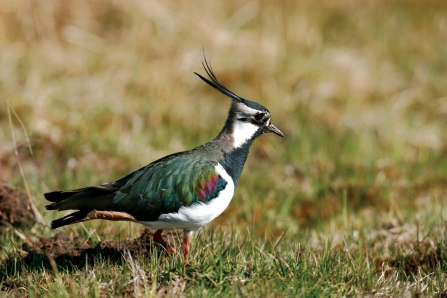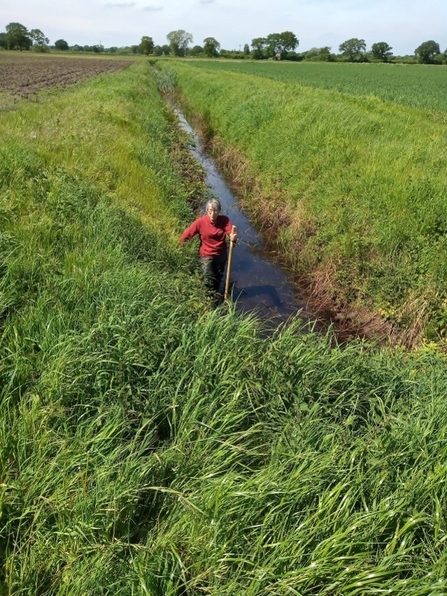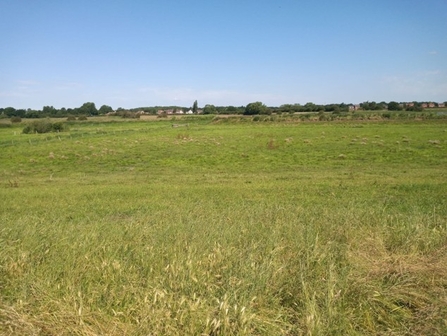Lowland peat is often overlooked in favour of our majestic and wild uplands, made famous in film, literature, and more recently in setting the benchmark for peatland restoration. But the areas that lie in our traditionally agricultural lowlands, surrounded by major transport hubs and industrial epicentres, have an equally important role to play as we manage and mitigate a changing climate.
For the past year, we have been working alongside Nottinghamshire Wildlife Trust and local landowners on the Humberhead Levels to explore how managing water levels on lowland peat – a historically-overlooked habitat – could make a real difference to local biodiversity and the impacts of climate change.
As awareness of the importance of landscape-scale restoration projects and the increasing competing demands of nature recovery and agriculture on land grows, this discovery project had the potential to deliver some significant findings for local ecologists and the farming community alike.
Why is lowland peat and the Humberhead Levels important?
The Humberhead Levels straddles the borders of Yorkshire, Lincolnshire and Nottinghamshire, where rivers draining 20% of England meet at the Humber Estuary. Surrounded by vital transport networks and industrial heartlands, the area also has some vast areas unbroken by road and rail.
Because the area is very flat and low-lying, it is one of the most productive cropping areas in Britain. The farmland is intensively farmed, generally high input cereals and root crops, in very large, open, geometric fields divided by ditches and dykes, with scattered and fragmented semi-natural habitats.
The Humberhead Levels not only include the internationally-important lowland raised bogs Hatfield and Thorne Moors; they also provide wetland habitats, floodplain grazing marsh, reedbeds and wet pastures. The area is home to a number of important wader species, including snipe, redshank and lapwing, as well as other wildlife like nightjars and rare insects.



